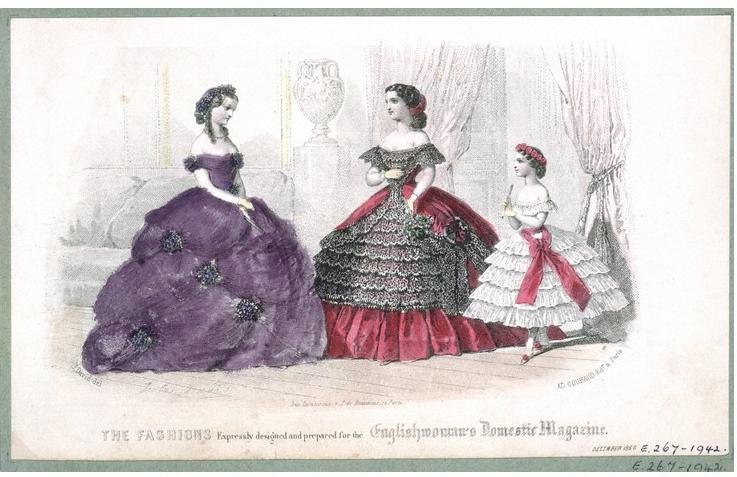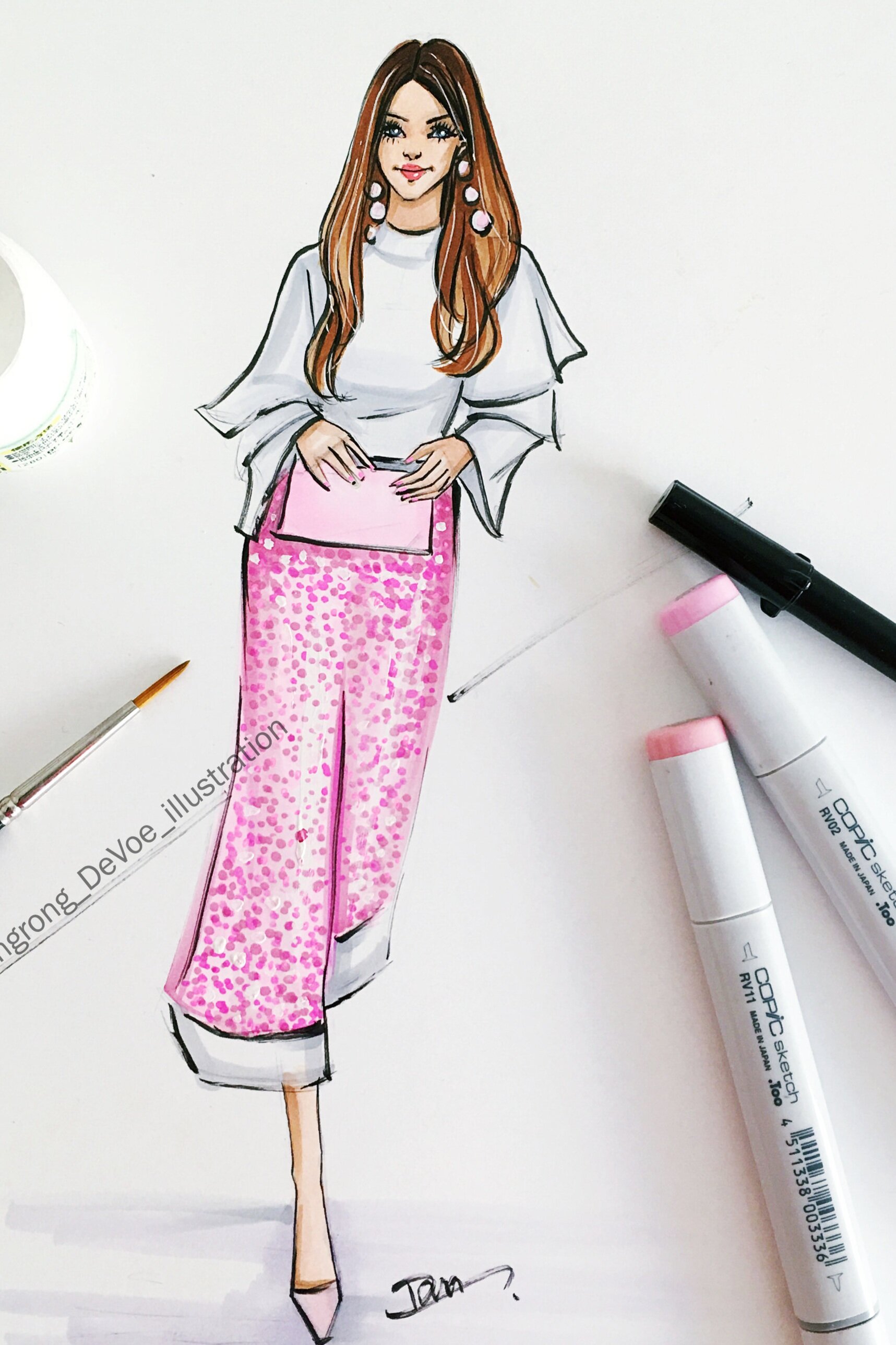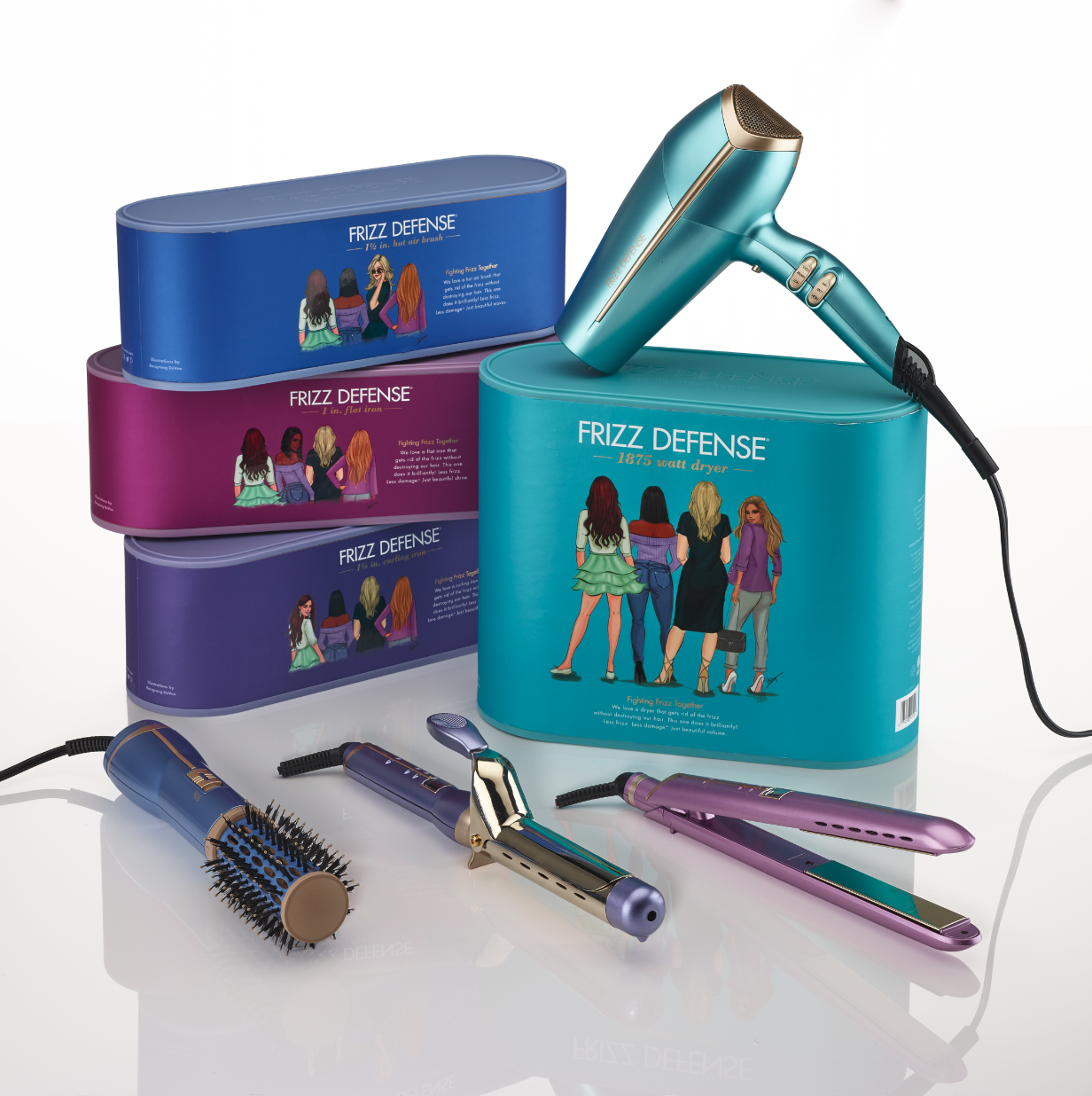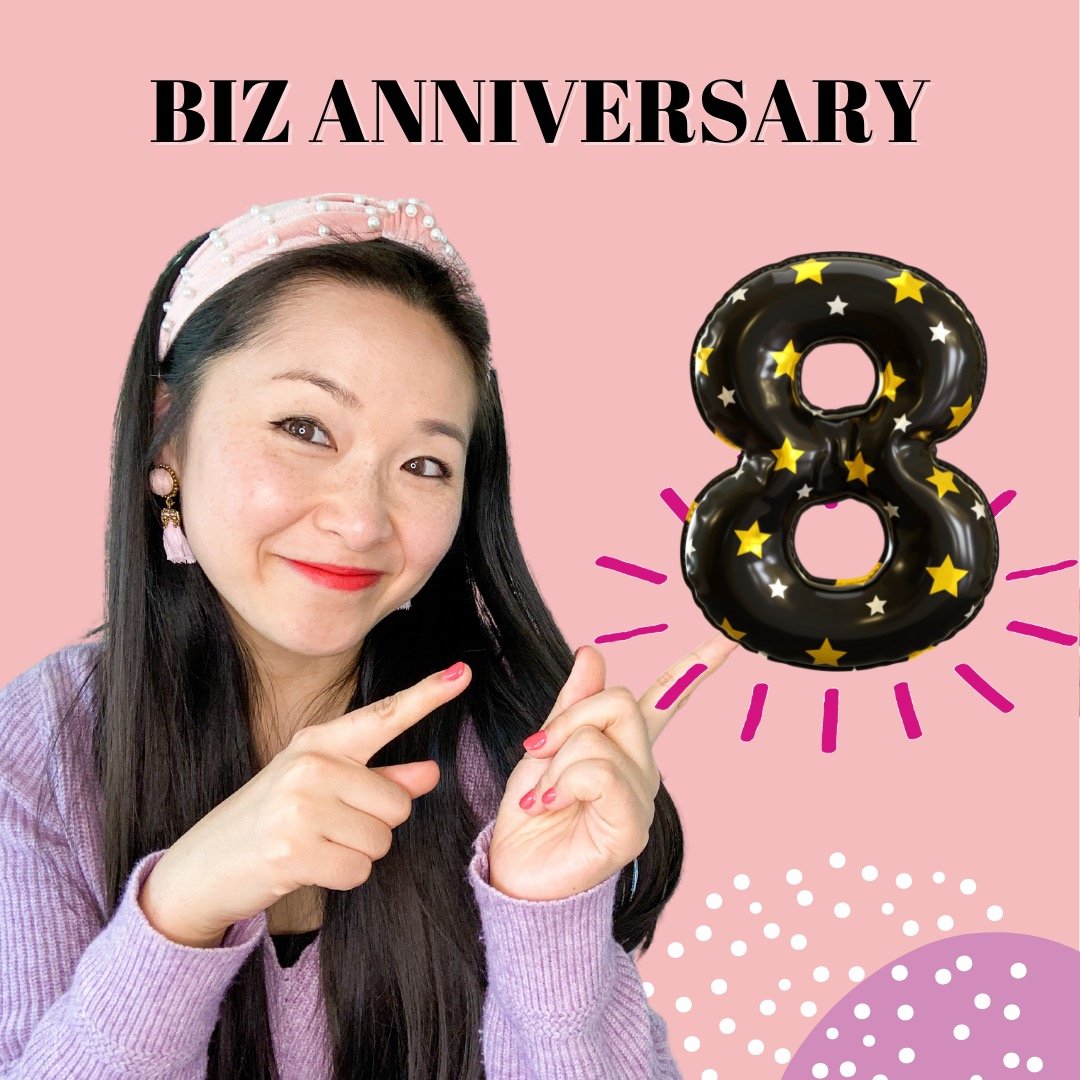If you want to know the reality of fashion illustration, you have clicked into the right place!
This blog is the place to learn all about the ins and outs of fashion illustrations.
What is fashion illustration and what is its purpose?
Perhaps I am a little biassed as a fashion illustrator myself, but I believe that fashion illustration is the DNA of the fashion world. The design and drawings are almost another language, communicating together the ideas from the fashion designer, flowing in tandem with the pen of the illustrator.
It is art. It is an expression that takes a small concept and transforms it into a tangible, touchable piece of artwork. The visual designs made by the illustrator can bring together important details and ideas, such as the design, the flow of the fabric, cuts, pleats, and colours. These drawings go on to be the blueprint for designs, whatever the item might be.
Fashion illustration has been around for more than 500 years – ever since humans began to wear sophisticated fashion, the need for an artist to sketch and grow on their ideas has been required.
Fashion Plate from the 1860s
What exactly does a fashion illustrator do!?
Think of a fashion illustrator as the artistic hands that skilfully craft up the vision of a fashion designer. The fashion designer remains the brainchild behind the fashion designs, but the fashion illustrator makes it come alive.
This means that when a designer wants to conceptualize their ideas, they would contact a talented fashion illustrator to draw and design the concept before any prototypes are made.
Fashion illustrators can do sketches for all sorts of things such as trousers, purses, earrings, dresses, hats, and many more.
It is hard to demonstrate what a day in the life of a fashion illustrator would look like because it can be so different and unique for every single creative illustrator! Some fashion illustrators focus their work on the editorial illustration space, fashion, beauty packaging, live sketching, or selling their work online, at markets or in galleries. Depending on goals and lifestyle, fashion illustrators can be self-employed, work in a fashion boutique, at a magazine, or in a niche design studio.
Below I will explore the various ways one can pursue fashion illustration.
Editorial Illustration
Despite the world being very technological, there will always be a humanistic desire to touch and turn the pages of a book or magazine. This is where editorial illustration comes in.
Many fashion houses, digital companies and magazines prefer illustration of fashion and trends in their magazine or fashion books. But it’s not strictly fashion-related, many makeup artists, interior designers and art companies/galleries like to use and celebrate the sketches of illustrators. Depending on who you’re working with, the sketches may be used for marketing, advertising, or content.
After being hired, the client will most likely provide you with a storyboard or brief. A storyboard is a multiple-page target and a “brief,” which includes detailed instructions explaining the project’s target, plan theme, and goals. Using this information, you will begin to create and express yourself through whatever you prefer: pen, paint, or something else!
After being successful in several projects, you can build your portfolio, which will help you land future gigs in the future.
Fashion and Beauty Packaging
Trendy, unique, and thoughtful packaging can be the difference between a brand being picked off the shelf or not. As a fashion and beauty packaging illustrator, you get the chance to get to know a product, and its customers, and bring it to life with authentic and desirable material and packaging.
When you get chosen to work closely with a brand or marketing team, you will be involved in the design, colour scheme and text based on the client’s goals and style. There is a chance you will need to be familiar with online tools like photoshop or adobe design.
Fashion and beauty packaging roles can be a very rewarding role because you can see your hard work in major retailers, shops and even a friend or family’s houses!
Live Sketching
Live sketching gigs can take place anywhere, anytime. You may be hired as a live sketch artist at a wedding, a birthday party, a celebration, a launch, or anything else! You will get the chance to capture the mood and vibe of the event through your unique artwork. The opportunity to live sketch might be as drawing guests, a ceremony, a piece of clothing, or the backdrop.
Sell Your Work
Many fashion illustrators opt to sell their original artwork online or in person at markets or shops. This route allows you to be your own boss and let your creative side shine! You don’t have to follow any challenging briefs or rules and can instead express yourself.
You can also pick your canvas! You may wish to create original prints, stickers, cards, portraits, towels, mugs… the options are endless.
Selling online is relatively easy and affordable through an online platform such as Shopify or Etsy. If you opt for online sales, you really only require between 5-10 strong pieces that are true to your style to sell. Or, for a bit more money, you can rent a table at a local weekly market or an artistic bazaar or gallery in your city.
If you create rare and uncommon artwork of high quality, you can begin to forge a name for yourself in the art world, obtain fans and success will knock at your door!
How to Get Started with Fashion Illustration
My number one piece of advice when it comes to following a dream such as fashion illustration: just start. Start right now, right after reading this blog and begin the journey.
You are going to need to put in a lot of hours of practice to hone your skills and there may be days it absolutely exhausts you – but you still need to pick up a pen to paper. It takes a lot of raw talent, but it also takes self-motivation and self-determination. It is important to never give up.
To get started, I recommend starting an online platform such as a personal website, with a blog, and a storefront, such as Esty and a social media page or two. The world is super digitised, and it is one of the best ways to start your branding and designing.
However, the online world can be very competitive, so I recommend having plenty of content to post before starting. You should aim to post daily if not multiple times a day to remain active and relevant.
In addition to fresh content, one trade secret is email lists! Gathering customers and fans emails is like gold dust - as it allows you to connect with your followers on a weekly basis. You can do this by advertising your email list on your social media and your website. Then, each week, send them an interesting update, fact, new project or a behind the scenes story.
It will be important to continue getting your name and work out there. One way to approach this is by going into local department stores or boutiques, introducing yourself and sharing to the marketing manager why a live sketch event in their store would be a fantastic addition to their upcoming events, sales or parties. Explaining how I've sketched is memorable and personable, and of course, they make great keepsake gifts. Be professional and friendly then follow up with an email that includes your fees, scope of work. This is particularly enticing to stores around major holidays!
Finally, I highly recommend looking up other artists, fashion illustrators, and general illustrators in your area and reaching out to them to see if they would be willing to meet up and discuss business and how they got started. People are generally quite open to newcomers and will be pleased to meet over a coffee for 30 minutes.
You should also look for events that are fashion focussed such as fashion shows, new boutique openings or people doing relevant speeches or talks. These are great opportunities to get your name out there and meet new people that are involved in the industry.
Tip for Improving Your Fashion Illustrations
When it comes to being a fashion illustrator, it is important to know that it is one industry where you simply cannot fake it! Your artwork will uncover everything, and it takes a ton of practice to perfect your art skills.
You don’t necessarily need to obtain a degree from an art college (though more power to you if you do!) but it will be useful to expand your skills through local creative art classes, watch YouTube lessons, Masterclass, and through do art and line tracing.
I also offer a signature Fashion Illustration 101 course that features more than 6 exhilarating hours of world-class advice. The course features step-by-step videos on various topics, advice on how to network and how to really make money in the industry. Plus, you will have exclusive, lifetime access to the course which you can visit again and again. You can learn more about my course here!
To get started as a fashion illustrator, you will want to work on the following:
1. Master body proportions
Body proportions are imperative if you are going to be drawing fashion pieces! As such, you need to have a strong understanding of body anatomy. You can start with the head and work your way down the body mastering different movements, proportions, and postures.
2. C’mon, vogue!
Your figure’s pose is very important as it helps bring to life how the fashion will hang off the form, bringing it to life. You can practice by playing around with different bodily curves and poses to discover which poses are the most realistic movement for the body.
3. Discover your edge
You want to stand out for all of the right reasons as an artist. To discover this, you will want to try different sketch styles and techniques, always being sure to add your own personal flair. Don’t be shy about trying different mediums such as markers, paints, pens, canvases, and tools to up your game and challenge yourself.
4. Draw clothing and pieces
Understanding clothing and accessories and how to translate that to paper is a very important part of the job. You can start with some of your favourite pieces that you like to wear, such as your favourite dress or trousers. Then let yourself go wild and gradually draw pieces that are obscure, unique, and funky. Always remember to keep the various fabrics in mind when sketching, as certain strokes or shading will create realistic illustrations.
5. Have fun!
There’s that classic old saying that says – do what you love and you will never work a day in your life. Well, sure it can be hard work drawing and creating full time, but it's an absolute pleasure. It is my dream job and I believe it can be for many! It is fulfilling, and exciting and no two days are the same.
6. Have a plan to combat creative blocks
As an artist, it is evitable to get stuck with a creative block. It can be very frustrating and quite disheartening, but it becomes less so when you have a solid plan and tools to help you through these times. Some suggestions I offer are:
· Get outside into nature
· Speak to a loved one
· Take a break
· Exercise and break a sweat
· Listen to music
· Mediate and deep breathe
· Have a warm tea
7. Make a business plan
Create a goal for the future with a business plan. You can plan for 2 years, 5 years and even 10 years in advance with different skills you want to achieve, dream clients and where you imagine yourself working and living. When you plan for the future, it’s pretty incredible how things fall into place!
Where to find more information about fashion illustration
Thankfully, due to the internet and books, there is a vast amount of sheer information about the fashion illustration world and finding it is pretty easy! Here are some suggestions for continued learning:
My blog: 8 years in business and 5 tips I have learned from it
Check out my video: How to Draw Fashion Illustration for Beginners: Step by Step Tutorial
Take a Skill share course on the Life and Times of Fashion Illustration
Seek out old vintage Vogue, Marie Claire, and other fashion magazines
Read Fashion Illustration & Design: Methods & Techniques for Achieving Professional Results
Take my course on Fashion Illustration 101 where I teach you the A-Z of how to draw face, hair, body, fabric, poses in and ways to monetize your art!
If you can dream it, you can be it!


















